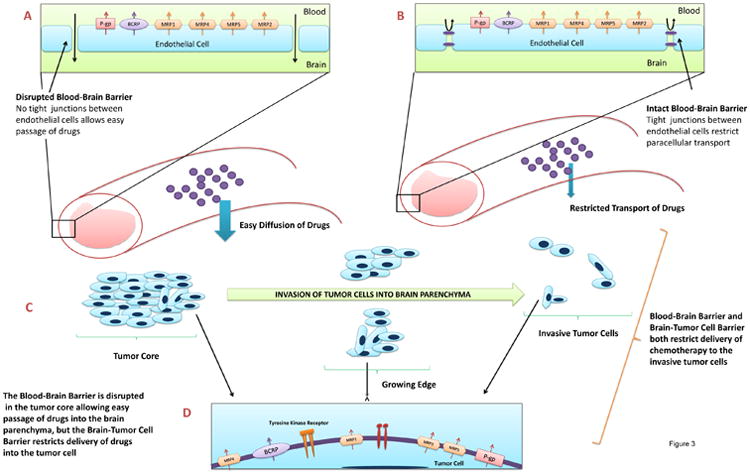Figure 3. Multiple Mechanisms and Barriers That Limit Drug Delivery to Glioma.

The blood-brain barrier and the brain-tumor cell barrier form sequential barriers that a systemically administered drug must cross to reach the tumor. A) The BBB is often disrupted at the site of the tumor allowing for easy diffusion of drugs and small molecules into the tumor. However this is also the part of the tumor that gets removed after surgery. B) The BBB however is intact in areas centimetres away from the tumor core. Drug delivery across this barrier is restricted by the presence of tight junctions between endothelial cells and more importantly by drug efflux transporters that pump drugs back into the blood. Drug that gets across this barrier and reaches the brain is usually a fraction of what reaches the tumor core. C) Invasion of glioma cells from the tumor core into the normal brain parenchyma. These small nests of tumor cells are protected by the intact BBB and receive only a small amount of drug. These cells eventually give rise to the recurrent tumor after surgery D) The brain-tumor cell barrier represents the barrier between the brain parenchyma and the tumor cell. Drug efflux transporters present in the tumor cell are a major component of this barrier and restrict intracellular drug uptake. This second barrier is especially important for molecularly targeted agents since they target intracellular domains of receptor tyrosine kinases. Pgp – p-glycoprotein; BCRP –breast cancer resistance protein; MRP – multidrug resistance associated protein.
